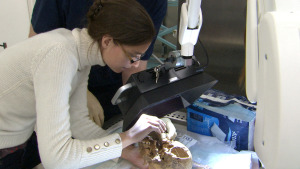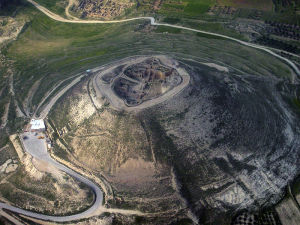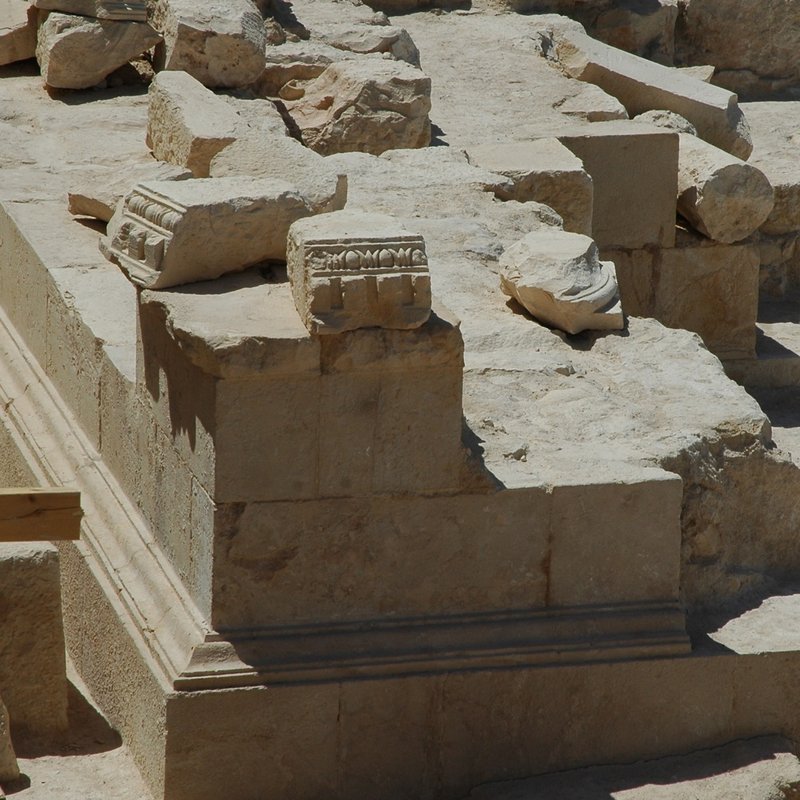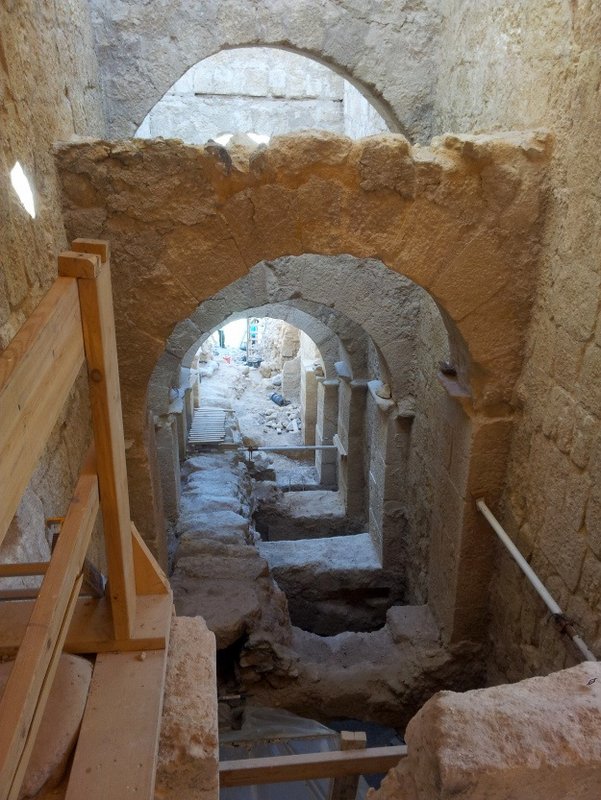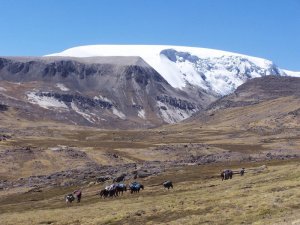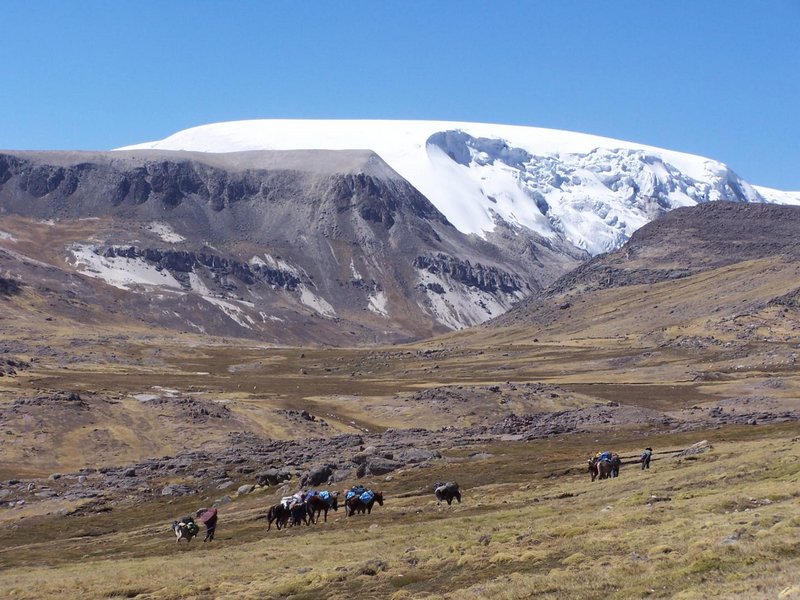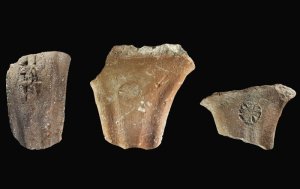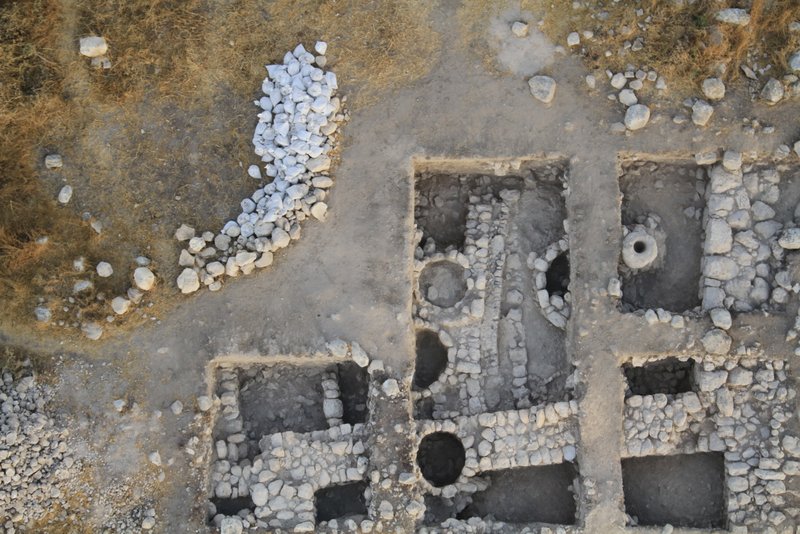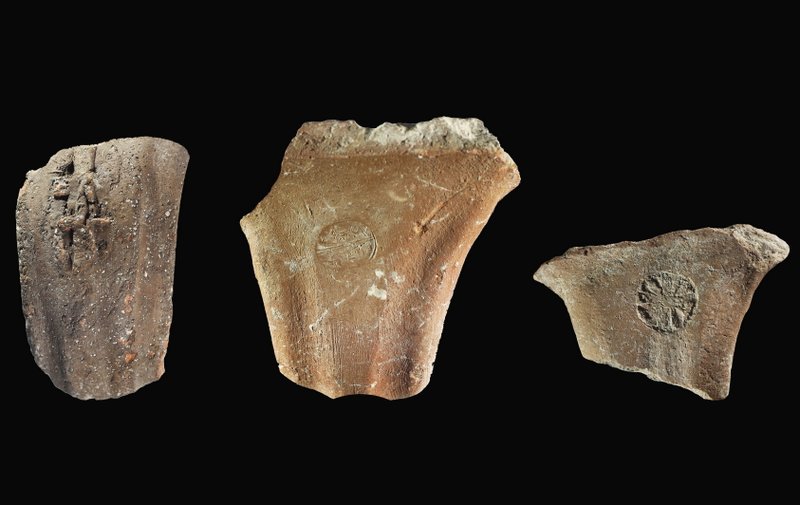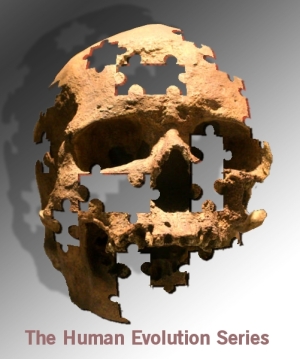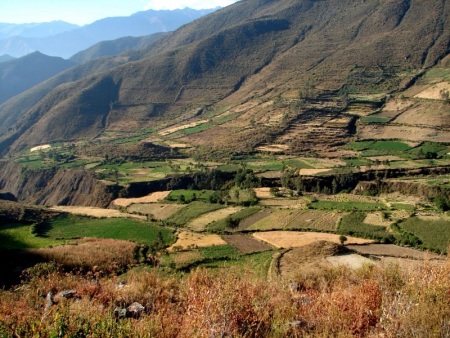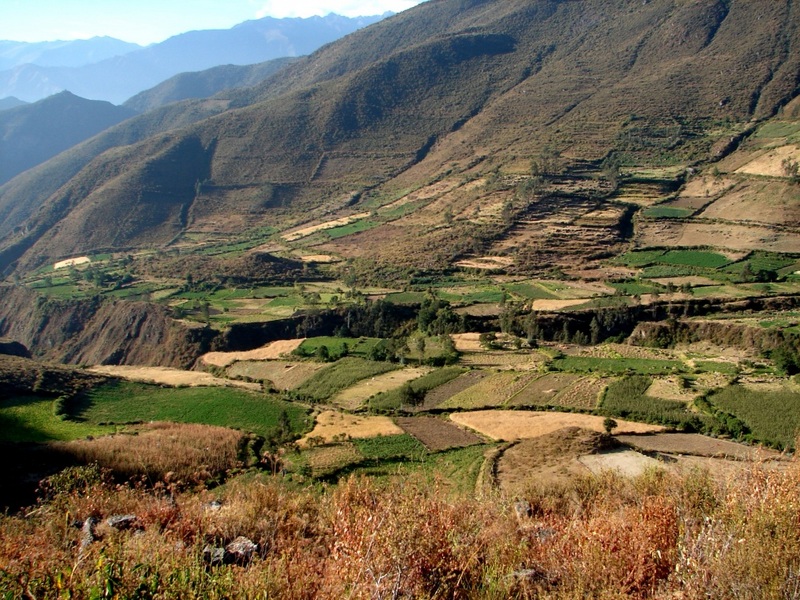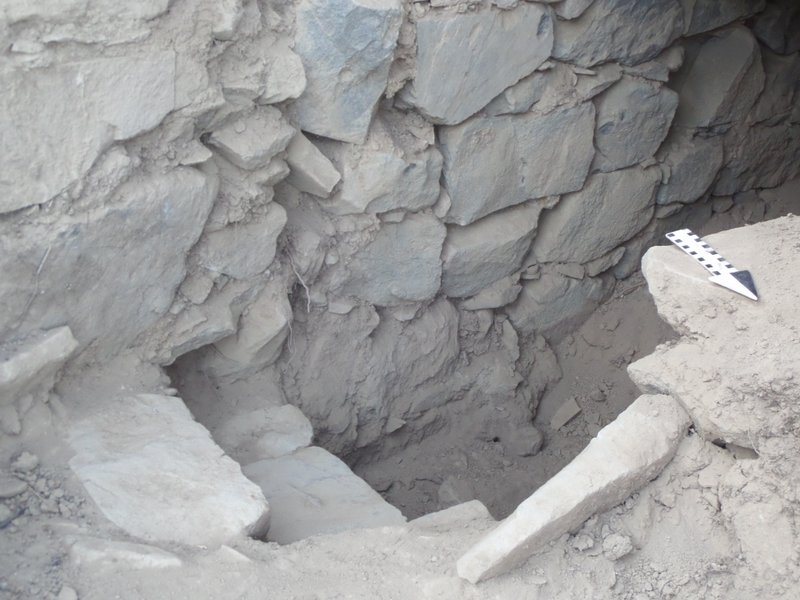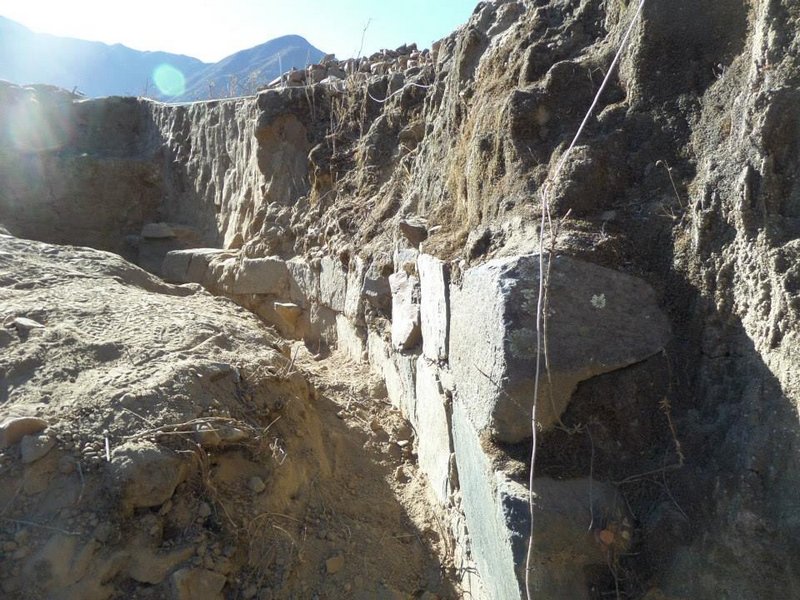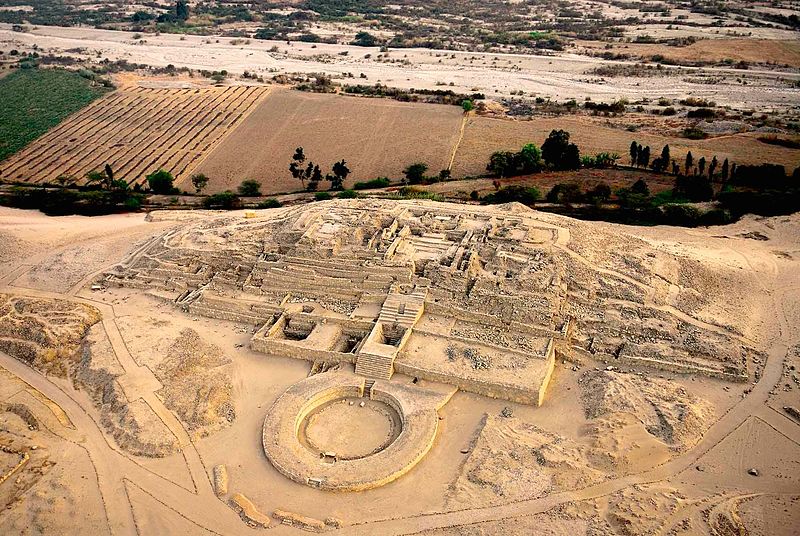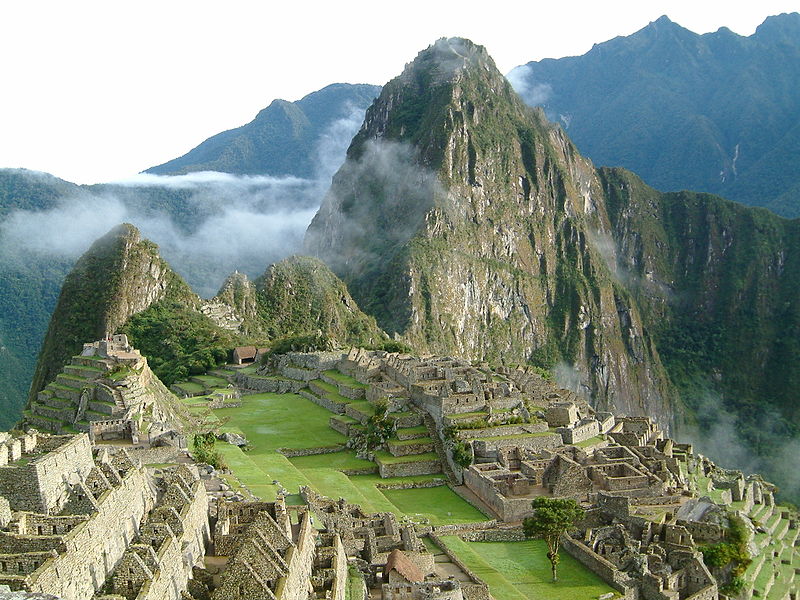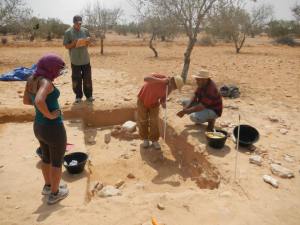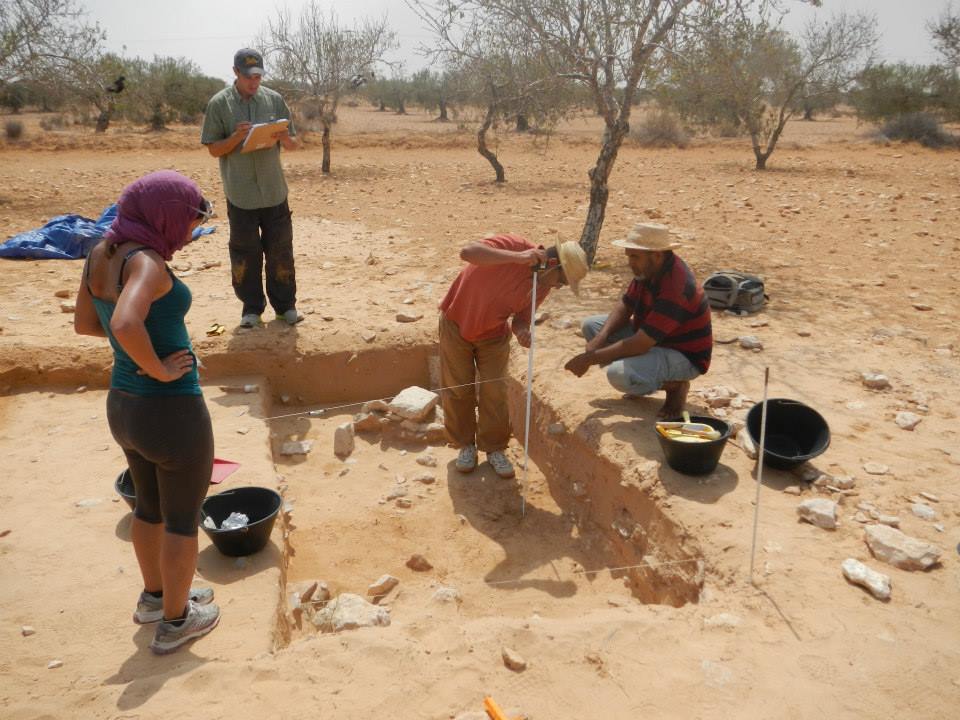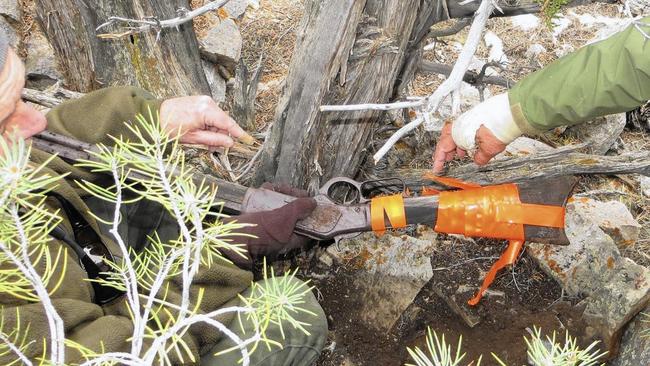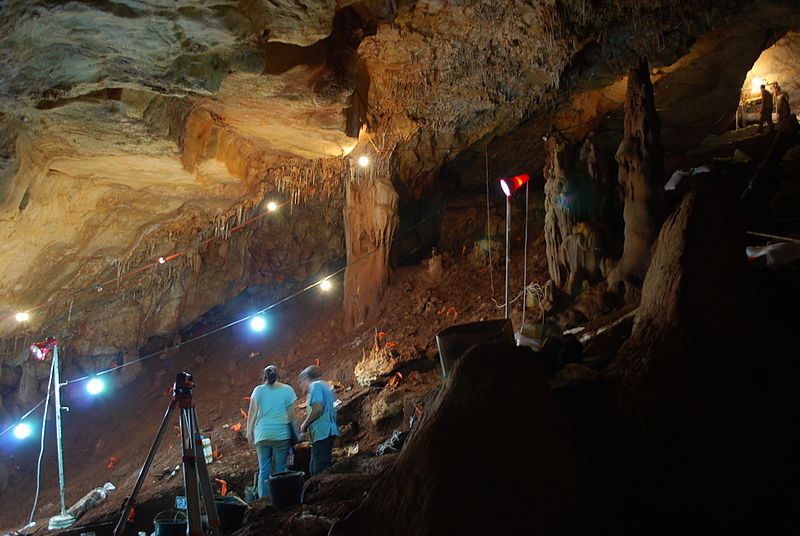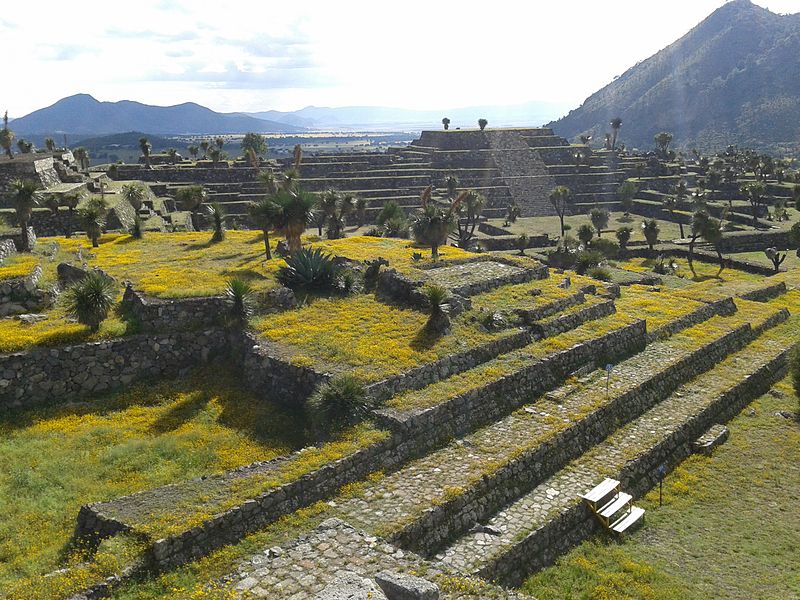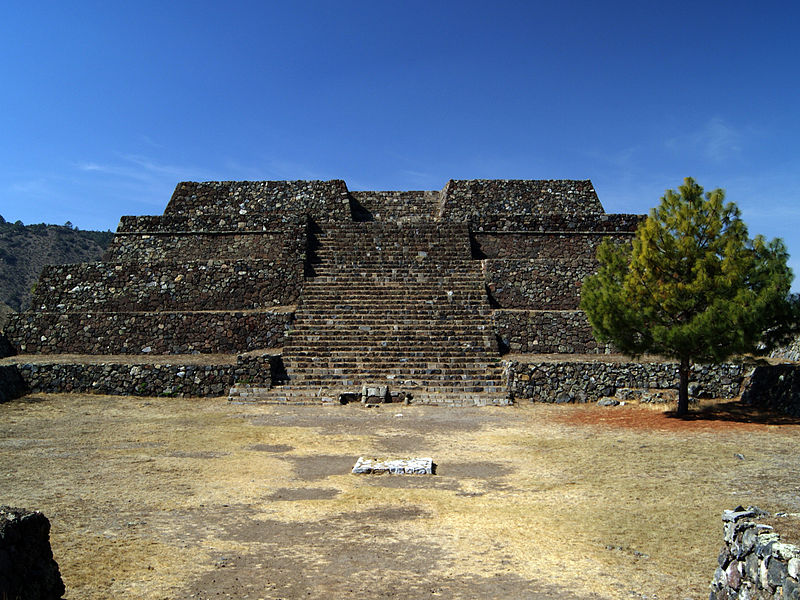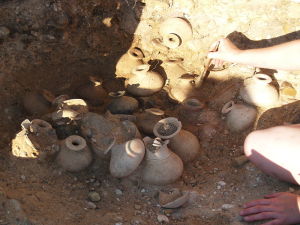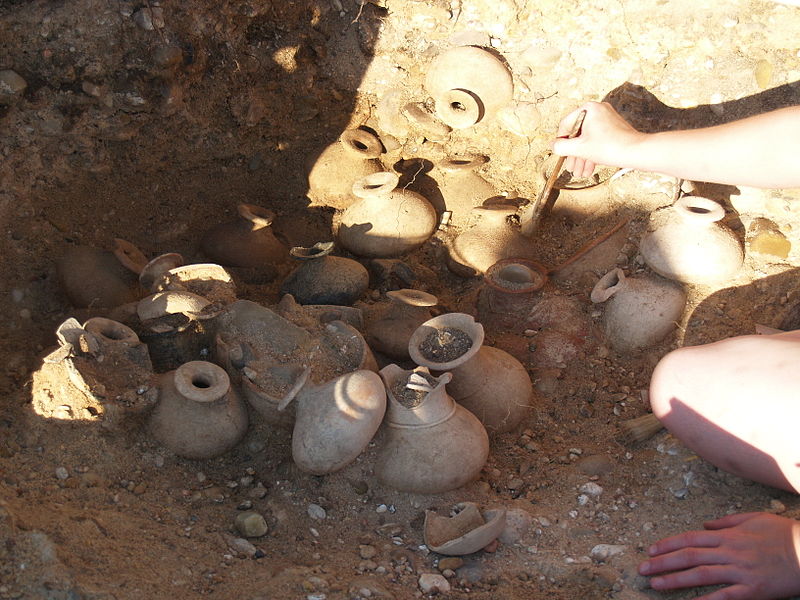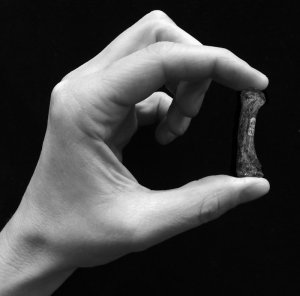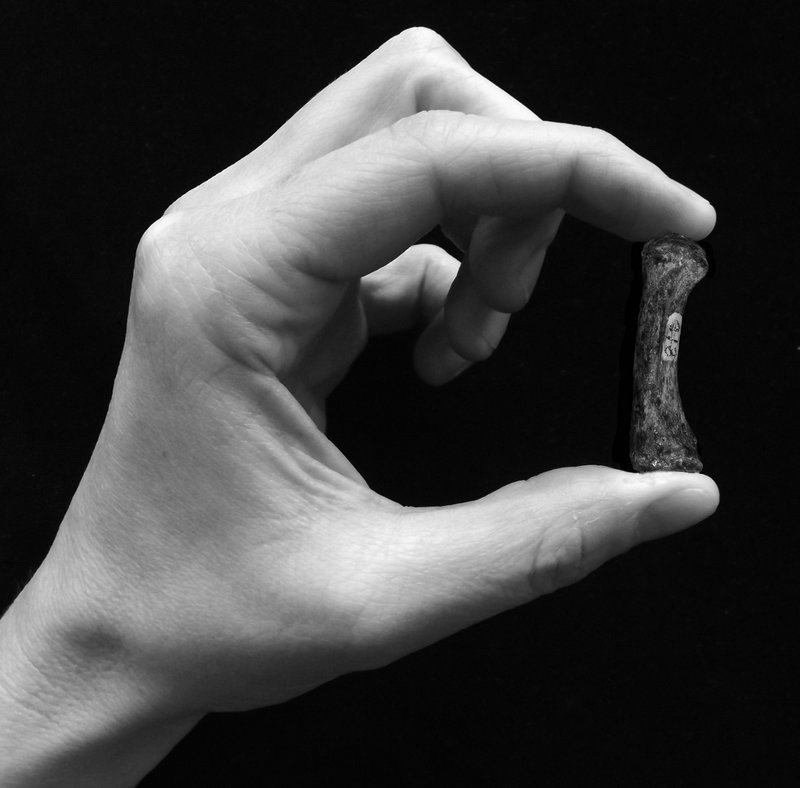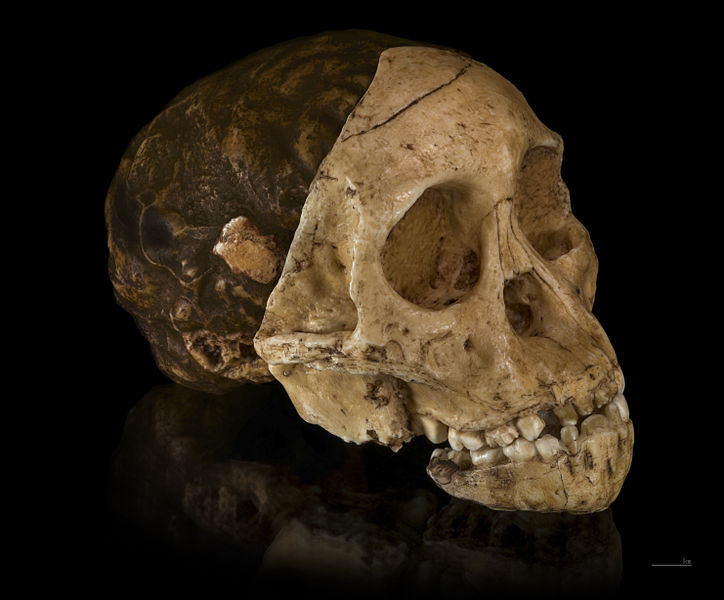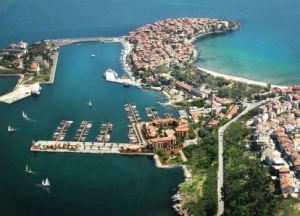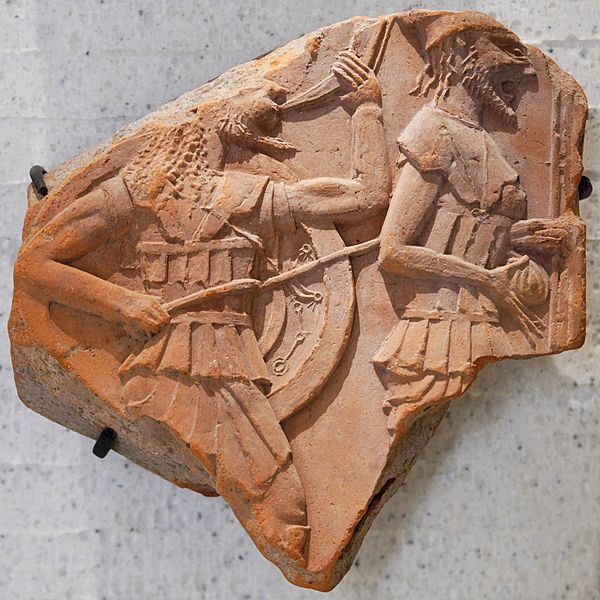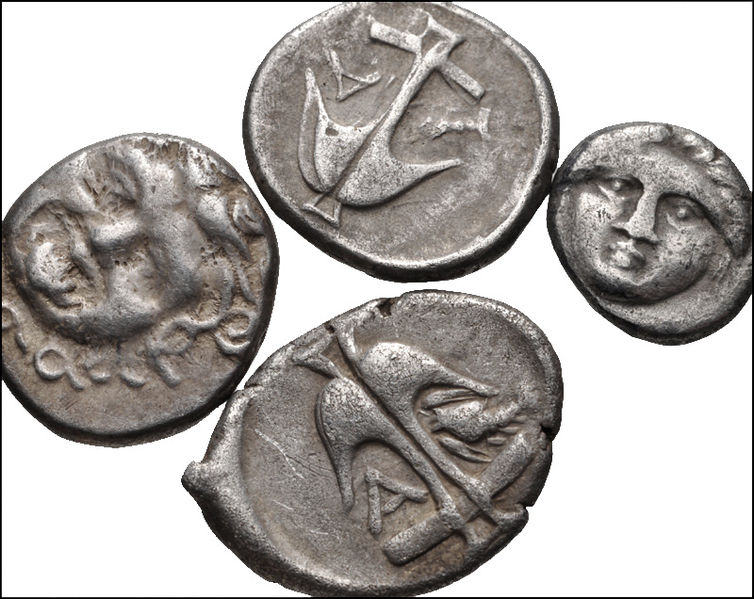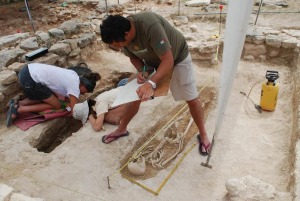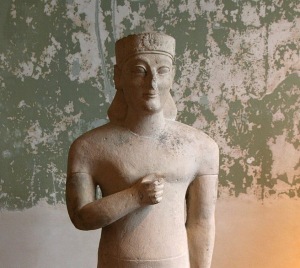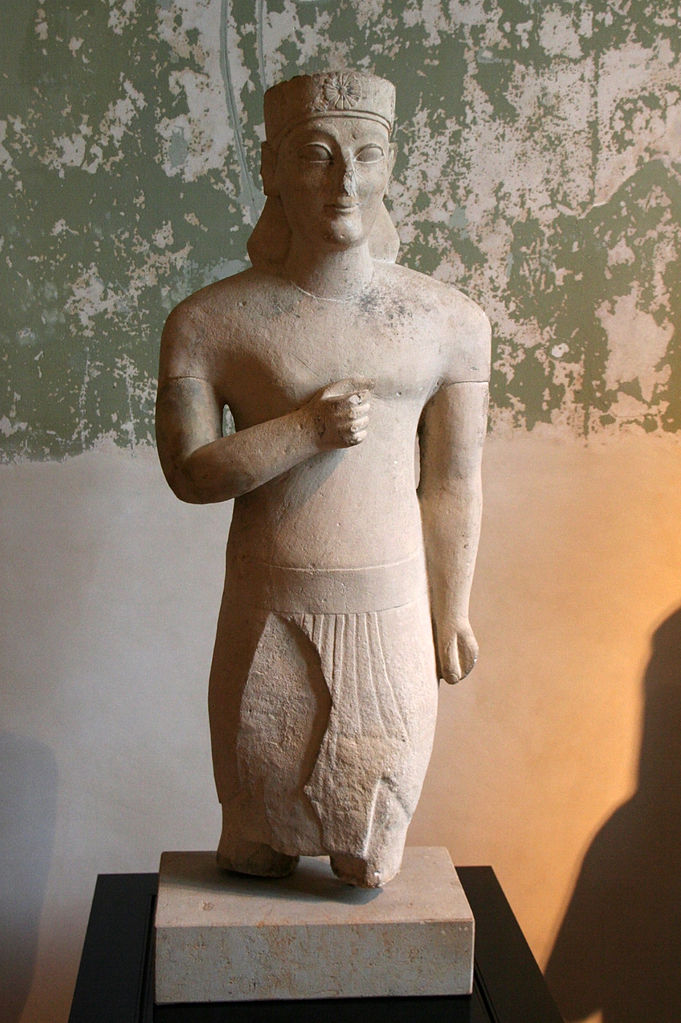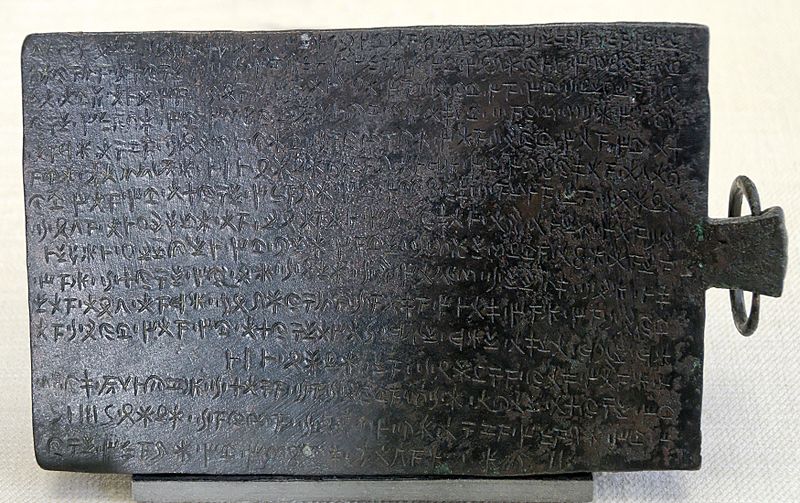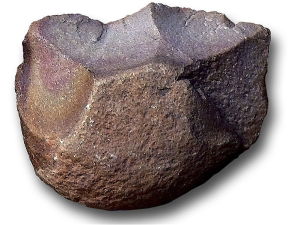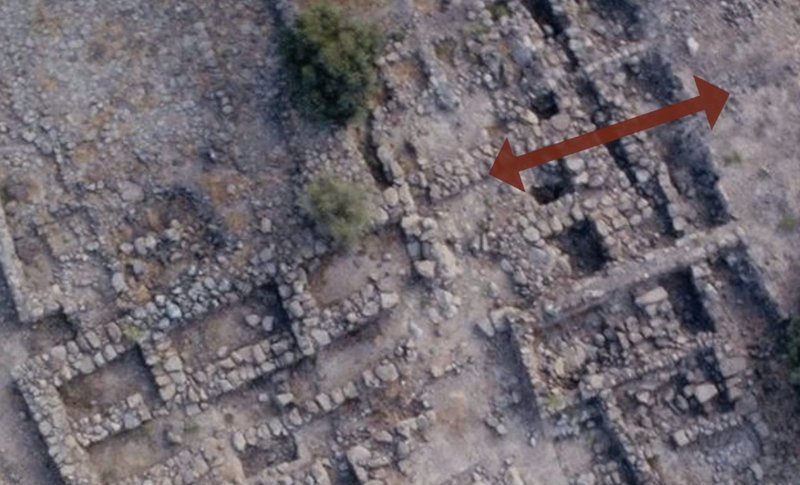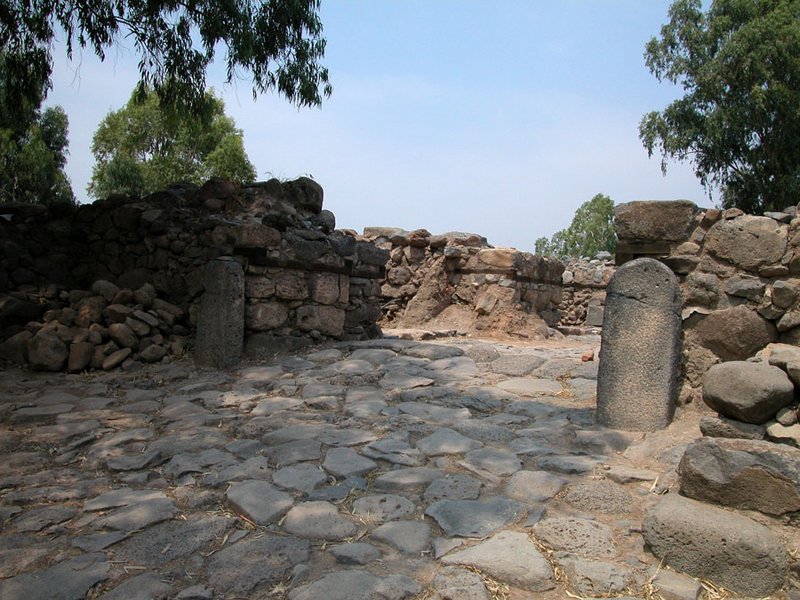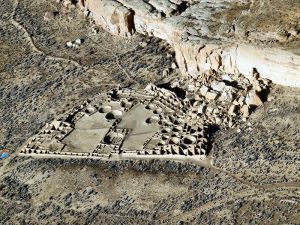
It has long been theorized by many scientists that the collapse of the great Pueblo civilizations of the American Southwest were due at least in part to intensive drought conditions during the 12th and 13th centuries—what climatologists have called the Medieval Climatic Anomaly. The archaeological evidence and tree-ring data they have collected and analyzed have, they say, provided some support for this.
Results from a newly completed study are now suggesting, however, that what the Pueblo-dwellers faced some 800 – 900 years ago might have been a walk in the park compared to what may be coming in the 21st century.
Using drought records of the Medieval Period documented in the growth rings of trees, a research team led by Benjamin Cook of NASA’s Goddard Institute for Space Studies and colleagues from Cornell and Columbia universities compared the Medieval Climatic Anomaly and other past climate data to 17 different computer model projections of 21st century climate. The results showed a robust combination of reduced precipitation and warmer temperatures, causing a drying out of the soil in the models. Most significantly, the results suggested a drought-ridden American Southwest and Central Plains that they say will likely be drier than any other period during the last one thousand years.
“I was honestly surprised at just how dry the future is likely to be,” said Toby Ault, an assistant professor at Cornell University and co-author of the research.* The results suggest extended drought conditions that will be even dryer than the mega-drought period of the Medieval Climatic Anomaly. Ault emphasizes that the study points to megadrought risk, not a foretelling of the future. The degree of megadrought risk declines as potential mitigating measures, such as national polices and human actions, individually and collectively, are taken.
But understanding what has gone before can at least in part inform our understanding of possible future paradigms, particularly as human action should be viewed as only part of the equation.
“Understanding climates of the past provides a strong benchmark of natural variability, allowing us to better contextualize the magnitude of modern and future human-driven climate change, including contributions to extreme events such as droughts,” said Benjamin Cook, lead author of the study and research scientist at NASA’s Goddard Institute for Space Studies.*
___________________________________________________  Aerial view of the Pueblo Bonito Great House in northern New Mexico, an iconic representation of Pueblo culture in the American Southwest. Bob Adams, Wikimedia Commons
Aerial view of the Pueblo Bonito Great House in northern New Mexico, an iconic representation of Pueblo culture in the American Southwest. Bob Adams, Wikimedia Commons
___________________________________________
The researchers say that the metrics used in the study could provide useful data for informing future water resource management policies and practices and agricultural planning.
“I look at these future mega-droughts like a slow moving natural disaster. We have to put mega-droughts into the same category as other natural disasters that can be dealt with through risk management,” said Ault.*
The study report appears in the inaugural issue of the new open-access scientific journal, Science Advances.
_______________________________________________________
*Source: Scientist statements were integrated from a Science Advances press release, Southwest and central plains face unprecedented drought risk in the 21st century.
________________________________________________________
Read about the most fascinating discoveries with a premium subscription to Popular Archaeology Magazine. Find out what Popular Archaeology Magazine is all about. AND MORE:
On the go? Get the smartphone version of Popular Archaeology as an app or as an ebook.
Just released!
The special new premium quality print edition of Popular Archaeology Magazine. A beautiful volume for the coffee table.
Travel and learn with Far Horizons.
____________________________________________
Popular Archaeology’s annual Discovery Edition eBook is a selection of the best stories published in Popular Archaeology Magazine in past issues, with an emphasis on some of the most significant, groundbreaking, or fascinating discoveries in the fields of archaeology and paleoanthropology and related fields. At least some of the articles have been updated or revised specifically for the Discovery edition. We can confidently say that there is no other single issue of an archaeology-related magazine, paper print or online, that contains as much major feature article content as this one. The latest issue, volume 2, has just been released. Go to the Discovery edition page for more information.





